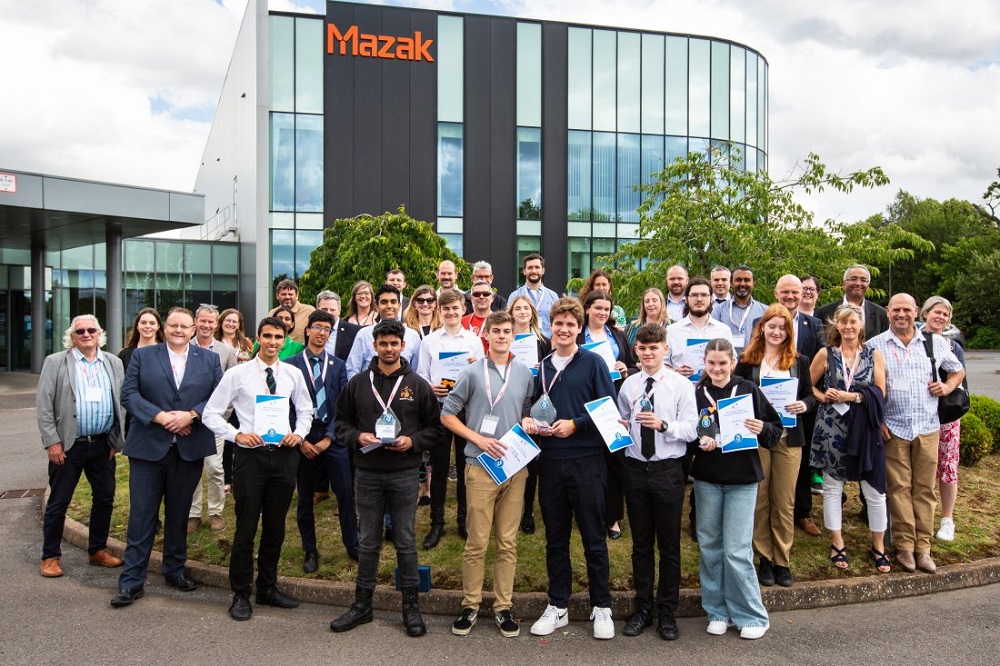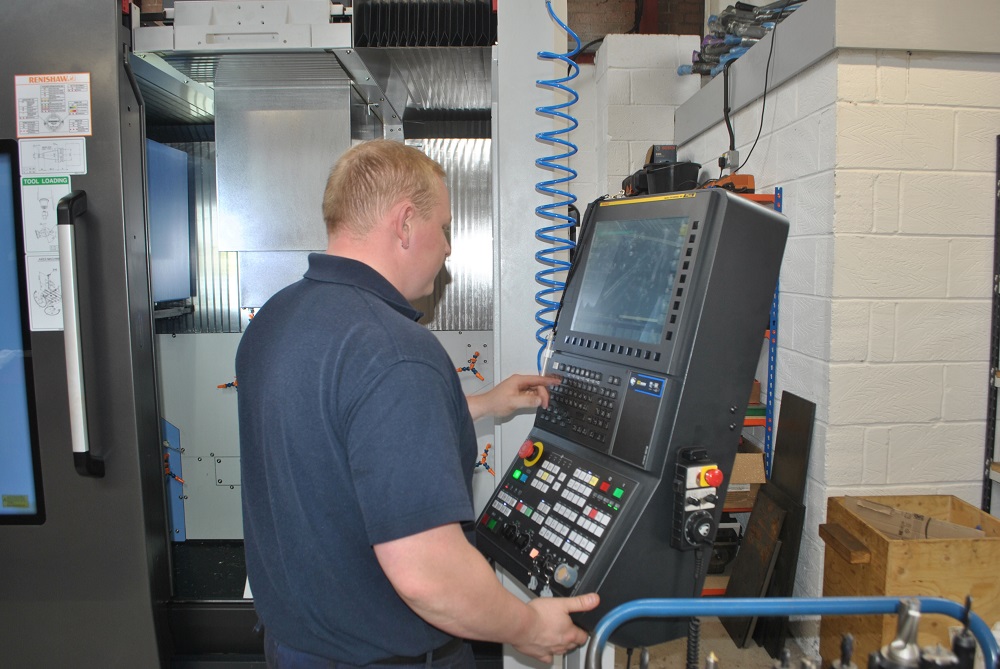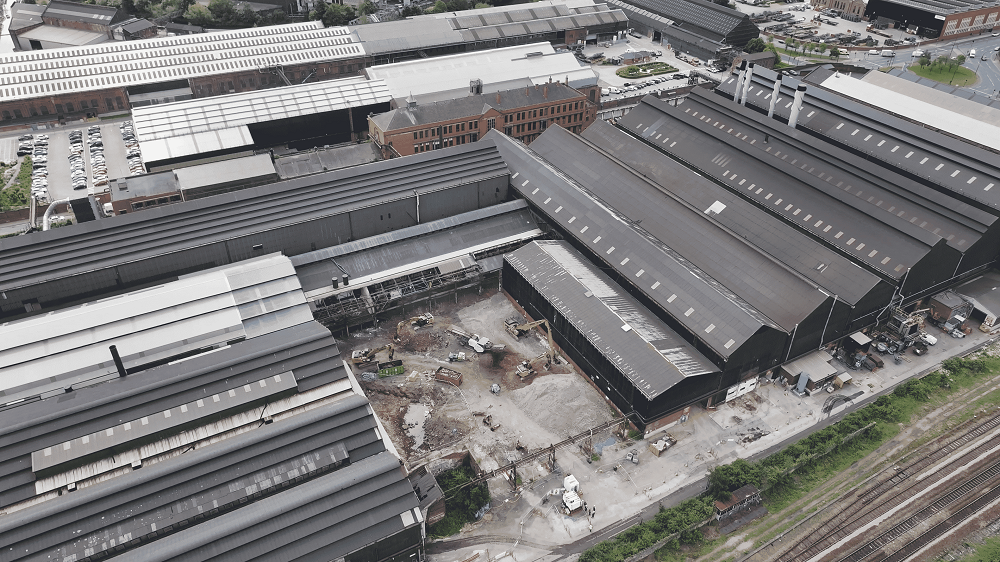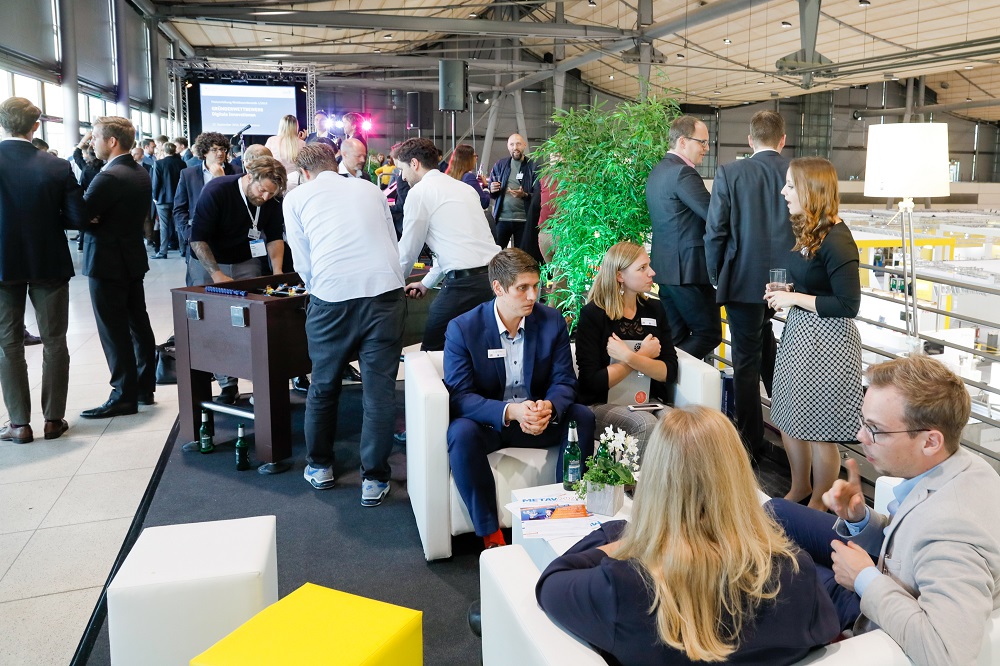Mills CNChas supplied leading precision subcontract specialist Dalloway Precision Engineeringwith two new high-performance machine tools.The machines, both DN Solutions models, comprise a DVF 5000 simultaneous five-axis machining centre and a DNT 2100 8” chuck box-guideway lathe. Both FANUC-controlled modelsarrived at the company’s 3600sq ft facility in Lye, near Stourbridge, this summer, significantly increasing the company’s in-house machining capacity and capabilities.
These new acquisitions took place in conjunction with Dalloway Precision’s recent relocation to larger premises, completed at the end of June 2023, doubling the floor space available. This move provides ample and incontrovertible evidence that the family-owned Black Country company’s investment plans and programmes, somewhat curtailed by the outbreak of the pandemic, are now back with a vengeance.
Current owner and managing director, Gary Dalloway, establishedDalloway Precision in January 2002 by.In the early days the company was based in Bilston, Wolverhampton, where it operated from a small ‘shared’ premises.The company has grown exponentially since then, developing and honing its machining expertise, investing in new technologies and increasing its headcount.
Dalloway Precision is no stranger to investing in machine tools from Mills CNC. From 2017 to 2019, the company purchased three Doosan machines in quick succession: a Lynx 2100 lathe in 2017, a DNM 5700 vertical machining centre equipped with a 4th-axis in 2018, and a Puma GT 2600 lathe in 2019.
Says Dalloway: “We’re always looking to improve and regularly invest in new, advanced machine tool technologies to improve our productivity and process efficiencies.”
Investment in the new DVF 5000, a simultaneous five-axis machining centre and, to a lesser extent, the 8” chuck DNT 2100 box-guideway lathe, helps the company meet a substantial increase in demand from one of its existing UK customers. This contract requires the machining of complex, high-precision and safety-critical rail track piston arrangements – ultimately destined for the Swedish rail sector.A long-standing job that, since 2015, hasseen Dalloway Precision machine 500 piston parts per year was, was due to increase to 1000 parts per quarter in August 2023.
“The increase in demand, notified to us at the start of 2023, meant that we needed to re-evaluate our existing machining methods and processes in order to fulfil the new contract,” remembers Dalloway.“We simply couldn’t rely on the previous process to machine the increased number of parts, as that would seriously tie-up a significant percentage of our existing machining capacity and have a negative impact on our ability to meet the lead times of other customers.As a consequence, we decided to increase our machining capacity and develop a new, high-efficiency process with five-axis machining at its heart to cope with the new contract.”
The rail track piston arrangements are made from EN 19 high-quality alloy steel, near-net forgings supplied by a local metal forgings company. They have a number of intricate and high-precision milled and turned features that include bores and thread forms.With the previous process, Dalloway Precision was not able to machine a series of small-angled holes positioned around one end of each piston, so they were sent back to the UK customer for it to complete along with a number of specific grinding operations.
Says Dalloway:“The new process we developed, using a five-axis machining centre, provided the customer with a real ‘added-value’ solution, enabling us to machine all features, including the angled holes.”
Although Dalloway Precision is no stranger to multi-axis milling, having previously invested in machining centres with 4th-axis units, the acquisition of a full, simultaneous five-axis machining centre was something new.
“As well as being used to machine the pistons, we believed that the investment in a five-axis machine would improve our productivity and process efficiencies across the board,” he says. “It would also be instrumental in us being able to secure more complex work from new and existing customers in the future.”
To strengthen its turning operations, the company, at the same time, looked at investing in a versatile two-axis box-guideway lathe to handle the turned features of the pistons and, more generally, increase and improve its machining resource.With this in mind, Dalloway Precision approached the market with its plans and requirements. The existing relationship it had with Mills CNC meant that the Leamington Spa outfit was one of its first ports of call.
“We have a good relationship with Mills CNC and the three machines we acquired from them in the past, since 2017, are accurate, reliable and perform well,” states Dalloway. “Furthermore, we like the business approach of Mills CNC. They are always helpful and accommodating, and their progressive, customer-focused stocking policy means that when we have placed orders with them in the past – they are fulfilled, almost immediately.As a consequence, it was only natural for us to discuss our future investment plans with them.”
Dalloway Precision placed an order with Mills CNC for a DVF 5000 machining centre and a DNT 2100 lathe in April 2023.The DVF 5000 supplied to Dalloway precision was equipped with a 17kW/12,000 rpm direct-drive spindle and 60-position ATC. It features integrated thermal compensation to ensure high accuracies, even during long machining runs, and boasts 40m/min rapids that help ensure fast part processing and reduced cycle times.
To improve productivity still further, Mills CNC supplied machine with through-spindle-coolant capability (20bar) and a Renishaw RMP 60 compact spindle probe.
The DNT 2100 is one model in a new lathe series. This 8” chuck box-guideway lathe has a rigid design and build, and features a high-torque 4500rpm spindle, a servo-driven, fast indexing 12-station turret, and a programmable tailstock.
“The DVF 5000 and DNT 2100 were installed in the new facility in June and July respectively, and a ‘big shout out’ needs to go to Mills CNC for the quick and seamless relocation of all of our other machines [eight in total] to our new site,” says Dalloway. “The DVF 5000 is currently machining complex fixtures for the piston arrangement and we hope to be in full production in the next week or so.”
Dalloway Precision estimates that the piston contract will take up 50% of its new milling (DVF 5000) and turning (DNT 2100) capacity.Recent contract wins have involved the machining of high-precision, stainless steel rod ends for a number of automotive and motorsport customers; the machining of complex, modular welding fixtures for a luxury car manufacturer; and the machining of intricate packaging solutions for a food and beverage (whisky distillery) customer.
The company, through its commitment to continuous improvement, always has one eye on the future. For instance, to ensure growth and overcome skills shortages, Dalloway Precision operates an in-house apprenticeship programme run in conjunction with local colleges. Furthermore, to help improve business efficiencies, the company is looking to invest in an ERP system in the near future and is exploring specific industry accreditations and certifications to facilitate its entry into the aerospace and medical sectors.
Concludes Dalloway:“The latest investment in two DN Solutions machines from Mills CNC is proof positive that our growth intentions and ambitions, somewhat disrupted by the pandemic, are now back on track.”
For further information www.millscnc.co.uk



















